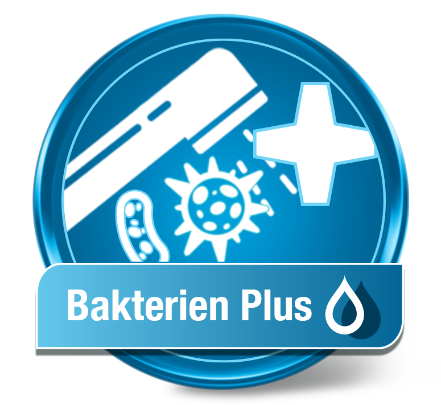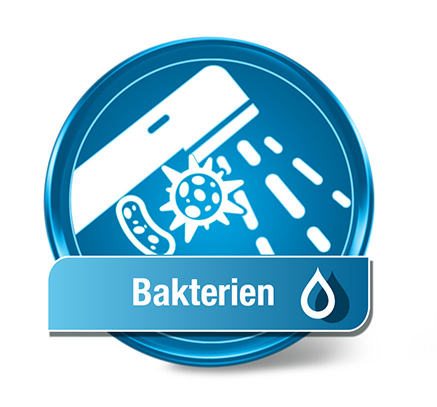From Groundwater to the Tap

Where Does Our Tap Water Come From?
In Switzerland, tap water is supplied to households by local water utilities. These utilities treat what is known as raw water, which originates from various sources. After treatment, this raw water becomes drinking water. Depending on the region, about 40% of the raw water for tap water production comes from groundwater, 40% from springs, and 20% from surface waters like lakes and rivers.
The Water Cycle
Water is in a constant cycle.
Through solar radiation, water evaporates from oceans, lakes, and rivers and rises into the atmosphere as water vapor. Due to temperature differences, the vapor condenses into water droplets, which form clouds. In the clouds, the droplets collect until they become too heavy and fall as rain. This rainwater flows back into oceans, lakes, and rivers.
However, a large portion of the rain seeps into the ground and forms the groundwater, which in turn feeds rivers and lakes. In winter, when temperatures are low, water droplets in the clouds crystallize into snowflakes, which fall and form glaciers. ❄️ With renewed solar radiation, the water evaporates, and the cycle begins anew.
From Groundwater to Drinking Water
To obtain raw water, groundwater is pumped to the surface and directed via pipes to the water treatment plants. If the raw water comes from springs, lakes, or rivers, it is also transported through pipelines to the waterworks. There, the water is purified and treated to become tap water. After treatment, the tap water is usually first collected in water reservoirs and from there distributed to households.
The Quality of Swiss Tap Water
Swiss tap water boasts a very high quality and is among the cleanest worldwide. This is partly due to the fact that about 40% of tap water comes from spring water. Spring water is naturally filtered through layers of soil, sand, gravel, and rock, achieving very high purity. Additionally, Swiss water utilities are legally obligated to regularly check the treated water for harmful microorganisms, chemical contaminants, and other pollutants.
Avoiding Potential Contaminations
Despite the high quality, reports from SRF, the Luzerner Rundschau, and other sources like BZ Basel, indicate that contamination can occasionally occur in some regions. 🧪
The causes for this are varied, but one vulnerability lies in the water pipes, which have a limited lifespan and require regular maintenance or replacement. During these works, or due to the age of the pipes, contamination can occur that affects water quality. In Switzerland, homeowners are legally obliged to ensure the quality of tap water and to provide tenants with impeccable drinking water.
Regular water analyses, which can be easily performed with our water analysis kits and quick tests, help to quickly detect heavy metals, pollutants, and other risk factors. With these tools, targeted action can be taken to ensure water quality. 💧
✔ Heavy metals and pollutants
✔ For general drinking water, softeners
✔ Commonly used pesticide
✔ Possibly carcinogenic
✔ E. coli, coliform bacteria
✔ Enterococci
✔ Focus on bacterial contamination
✔ For general drinking water, softeners
✔ Heavy metals and contaminants
✔ Separate bacteria test recommended
✔ Heavy metals and contaminants
✔ Separate bacteria test recommended
✔ Most common contaminants
✔ Bacteria analysis available separately
✔ 100 Test strips
✔ For general drinking water, water softeners








